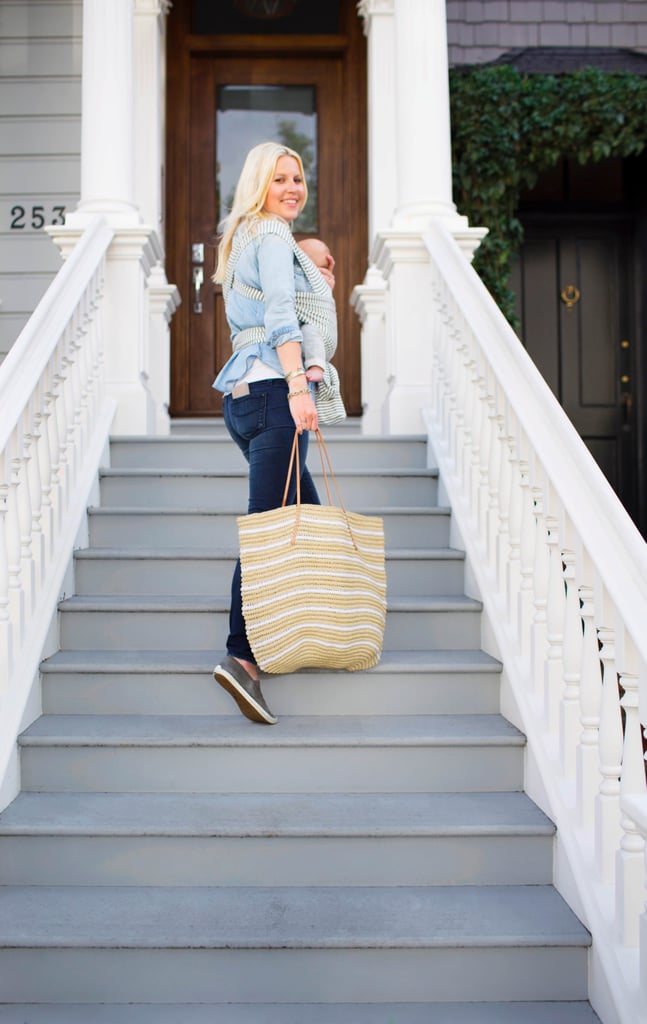
They say necessity is the mother of invention, but motherhood may be the real inspiration behind many of the life-changing products we have in our parenting arsenals. It's not until you're truly in the trenches and up to your elbows in dirty diapers and unwashed dishes that you realize there has to be a better way, and you're determined to make it happen — now.
That's the motivation behind 12 products — including the disposable diaper, the dishwasher, those ubiquitous muslin baby blankets, and more — that moms have created over the years. As we celebrate women throughout the month, take a moment to imagine what life would be like without these dozen products and start dreaming up your own inventions.
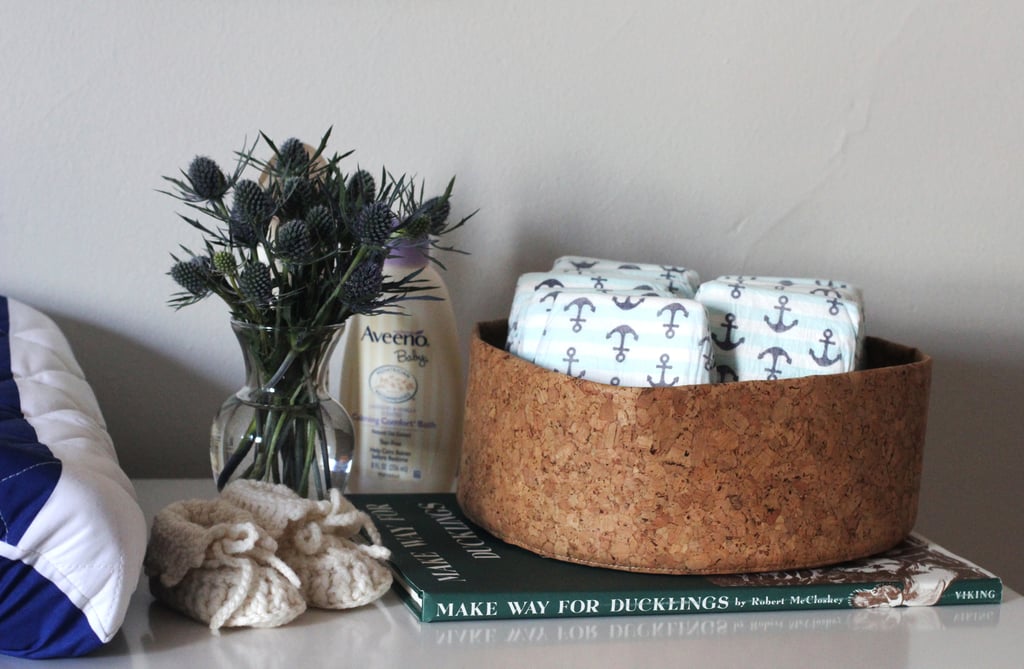
When changing your child's diaper, you probably don't take a moment to thank Marion Donovan, but you should. After the birth of her second child, she was tired of coming into the nursery and finding a soggy diaper and damp sheets due to a leak. So she set out to create a waterproof diaper that didn't cause diaper rash like rubber diaper pants did. She started crafting a more breathable diaper cover out of waterproof shower curtains, moved on to nylon parachute material, and finally settled on creating a waterproof diaper cover out of nylon that could be stuffed with absorbent paper and fastened with snaps rather than safety pins to make it safer. She called it the Boater. But when Marion tried to sell it to manufacturers, she was repeatedly turned down.
Not one to take no for an answer, Marion struck a deal with Saks Fifth Avenue, which began selling the Boater in 1949. Two years later, she patented the invention and began work designing the first truly disposable diaper. She never found a manufacturer willing to make the throwaway diaper — the men at the companies didn't find it necessary. But 10 years later, Proctor and Gamble did introduce an all-in-one disposable diaper.
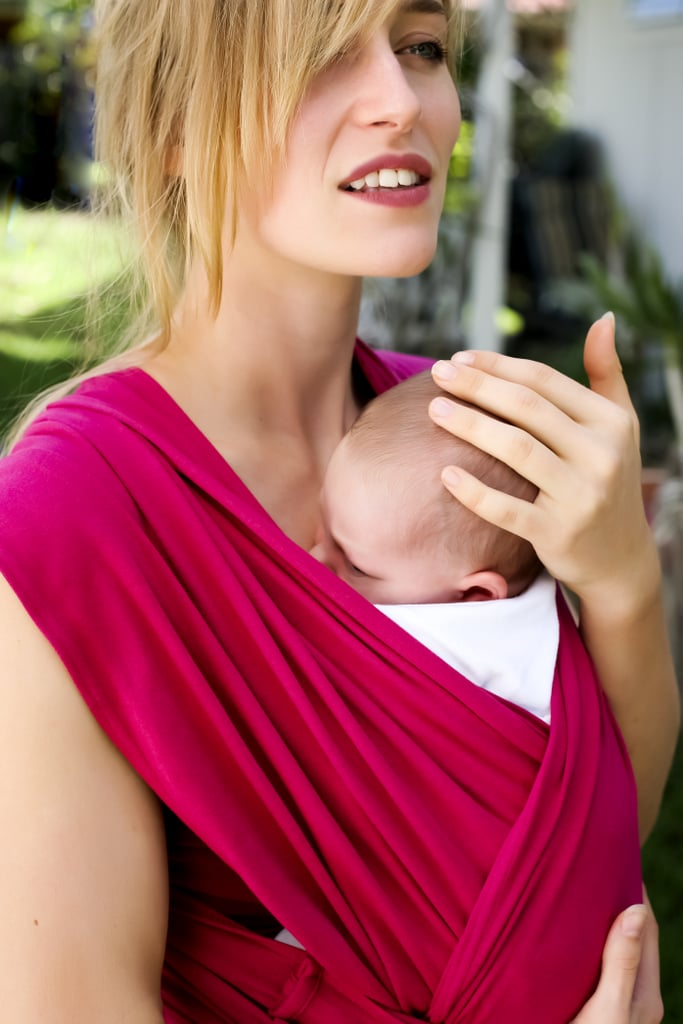
While serving as a nurse in the Peace Corps in Togo, West Africa, in the 1960s, Ann Moore was taken by the way the mothers tied their babies to their backs in fabric slings. "The babies were so calm because they felt secure and close to their mothers," she told the Smithsonian. When she was ready to have her own child, Ann tried to re-create the experience by fashioning a sling of her own, but her baby, Mandela, kept slipping. She and her mother, Lucy Auckerman, decided to create one based on the principals of a backpack but softer, ultimately leading to the creation of the Snugli, the first soft baby carrier available in the US. The design was patented in 1969, around the same time the natural parenting movement gained popularity. The design has been modified and enhanced in recent years, leading to the rise of a baby-wearing culture.
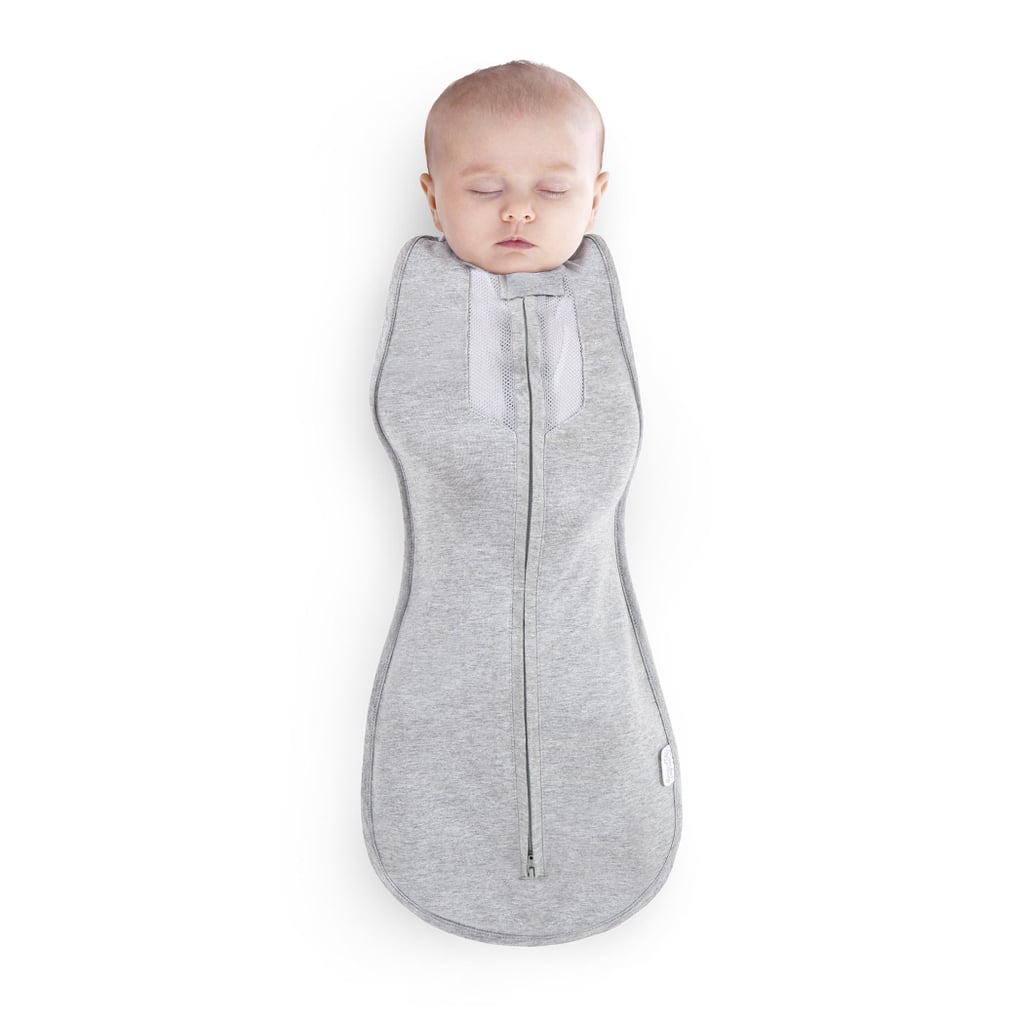
Leave it to a frustrated and sleep-deprived mother to develop a fuss-free swaddle that can comfort a baby back to sleep. Karen Barski's third child was born five weeks early and just couldn't get on a sleep schedule. As a nurse, she knew the importance of swaddling, but the baby ended up in a heap of blankets each night. So she sat down with her grandmother's sewing machine and made the Woombie, a soft yet snug cocoon-like swaddle that simulates the sensation of being in the womb. After seeing how it comforted her daughter, she launched Woombie as a product in December 2007. Since then, babies have slept a bit more soundly, leading to more rested parents.
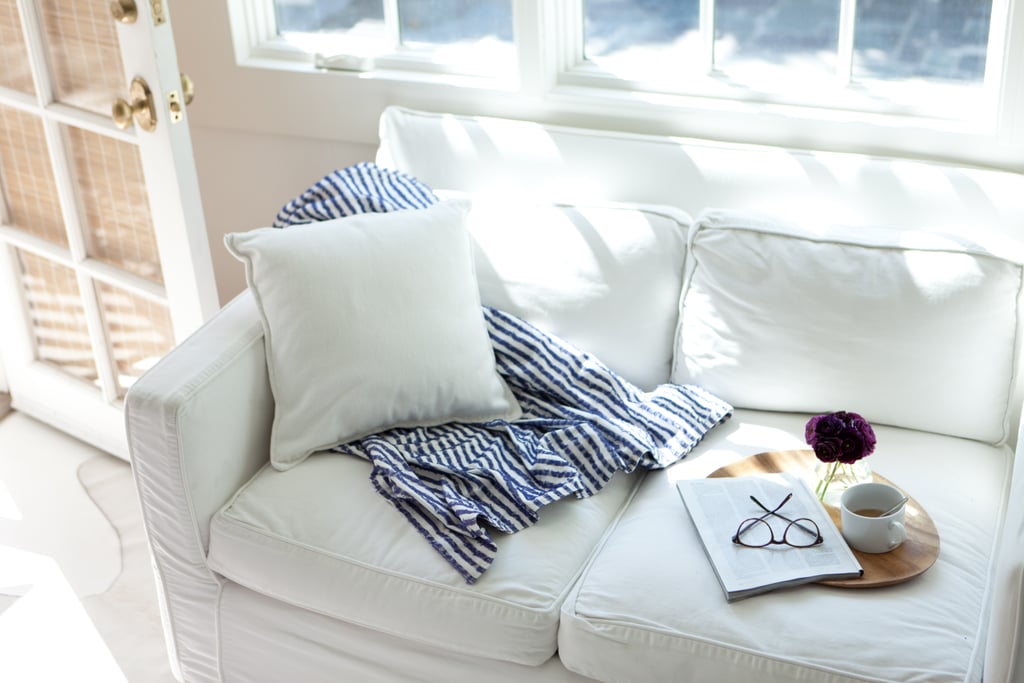
Not many women have heard of Patsy Sherman, but they've likely thanked her many times over the years. A 3M chemist, Patsy was one of the only women in her field in 1952. She worked on fluorochemicals and was charged with developing a new form of rubber for jet fuel lines. But when some rubber spilled on an assistant's shoe and wouldn't come off, all of that changed. The rubber stain repelled water, oil, and other liquids without changing the color of fabric. 3M ultimately named the product Scotchguard, and parents everywhere have joyfully filled their homes with adult furniture ever since.
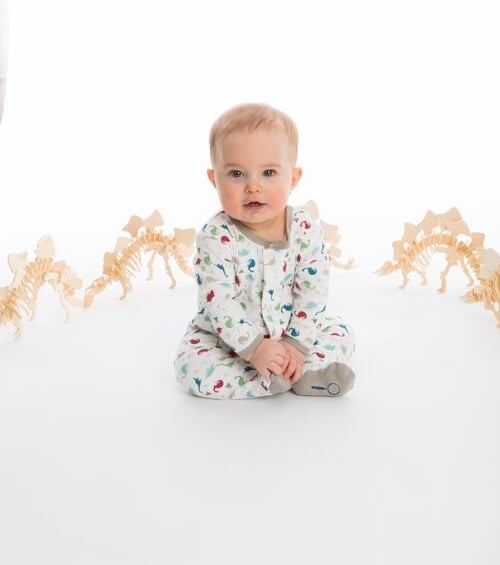
You don't have be a mother to see a necessity for moms. Lauren Levy Feuer was babysitting her nephew when she became frustrated with the Velcro on his bib pulling at his fine baby hair. She replaced the offending closures with magnets, and Magnificent Baby was born, making overnight diaper changes faster and quieter than ever before.
Pictured: Magnetic Me by Magnificent Baby Infant Boy's Print Romper
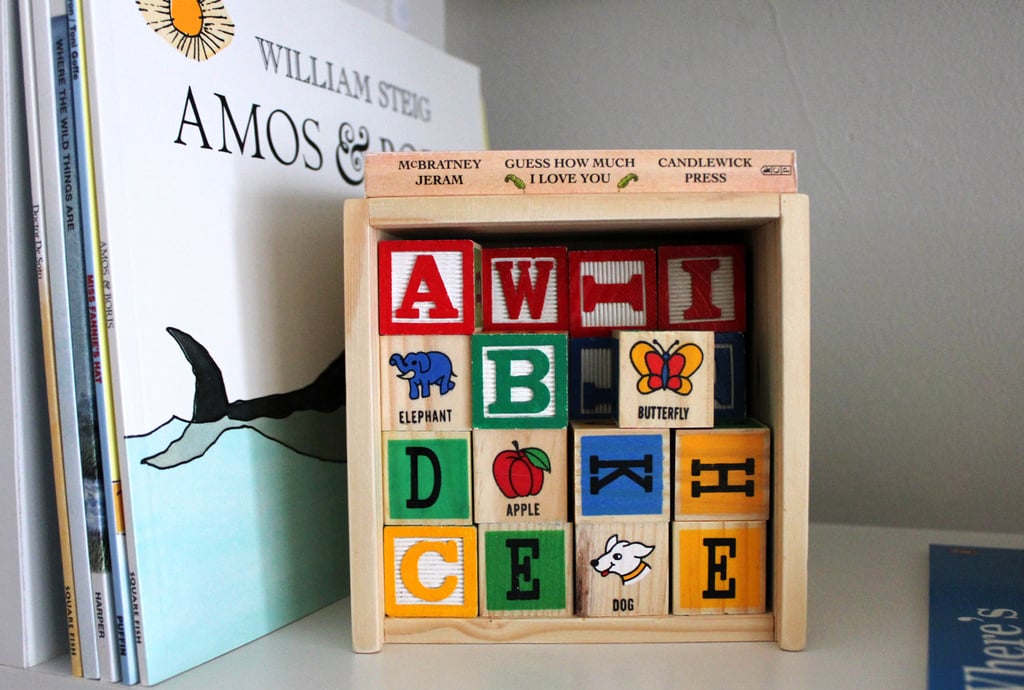
While Adeline D.T. Whitney probably wouldn't view herself as a pioneer (in the late 1800s, she wrote antisuffragist books that touted her belief that a woman's place was in the home), she invented something found in most homes and schools across the nation: wooden alphabet blocks. Today the blocks — originally a wooden cube with colorful letters and symbols on them — come in various sizes and materials, and one from her original set, patented in 1882, sits in the National Toy Hall of Fame.
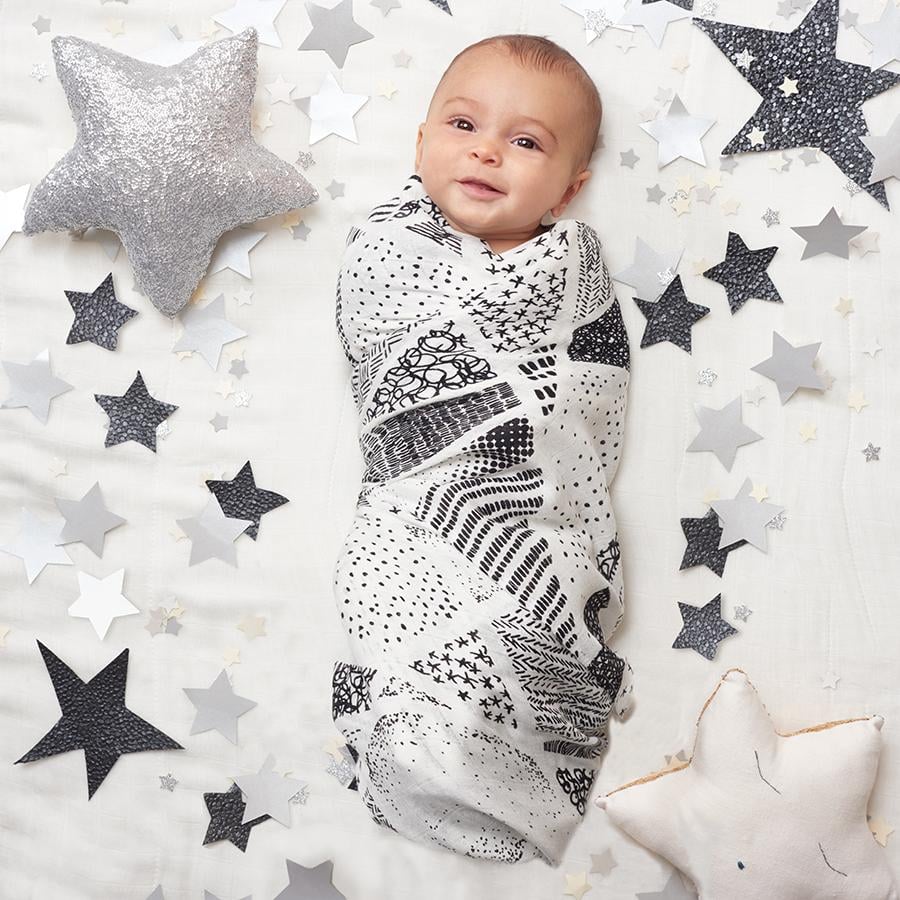
Muslin swaddling blankets have been ubiquitous in Australia forever, but after relocating to New York City and having her first child in 2003, Raegan Moya-Jones couldn't find one anywhere. She was determined to swaddle her newborn in the lightweight, breathable cotton wraps she grew up with, so she created them herself. Aden + Anais (Anais is Raegan’s eldest daughter) was born in 2006 and took the baby world by storm.
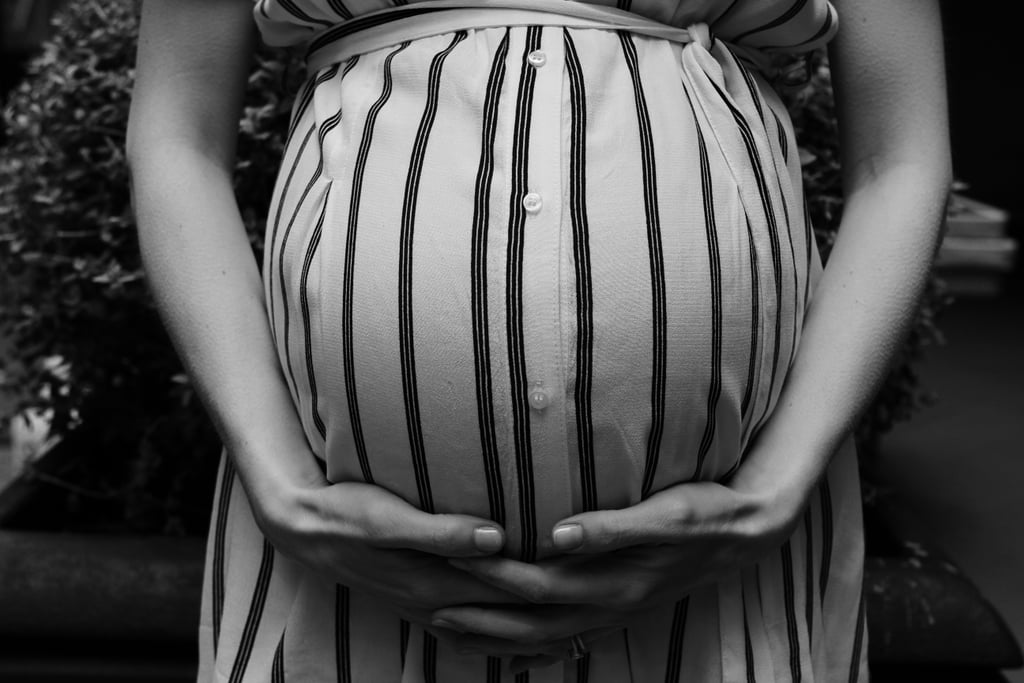
Before Rebecca Matthias entered the maternity-wear market, clothing for expectant moms pretty much consisted of muumuus. In 1982, while searching for maternity clothes she could wear to work, Rebecca was struck by the lack of options for professional women. Determined to fix that, she started a catalog called Mothers Work. After a few bumps along the road, the company took off in the form of three retail chains — Mimi Maternity, Motherhood Maternity, and Pea in the Pod — that made maternity wear accessible to women everywhere at every price point.
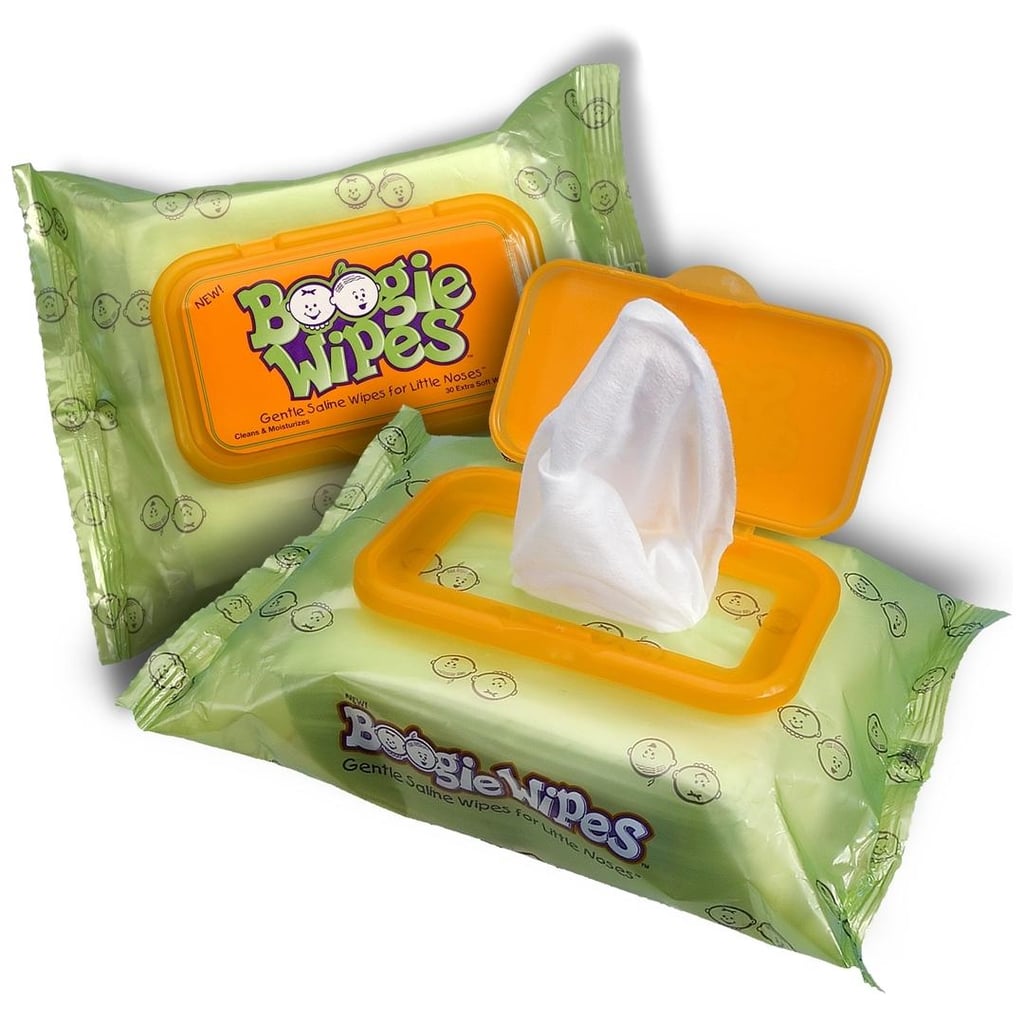
Sure, you could hand your child a tissue, but after discovering Boogie Wipes, you'll never go back to the dry stuff again. The saline-soaked wipes were created by Mindee Doney and Julie Pickens in 2008 after Mindee couldn't convince her daughter to use drops in her congested nose. A clever parenting hack — putting the drops on a tissue and then quickly putting it in her daughter's nose — worked like a charm, and a multimillion dollar business was born!
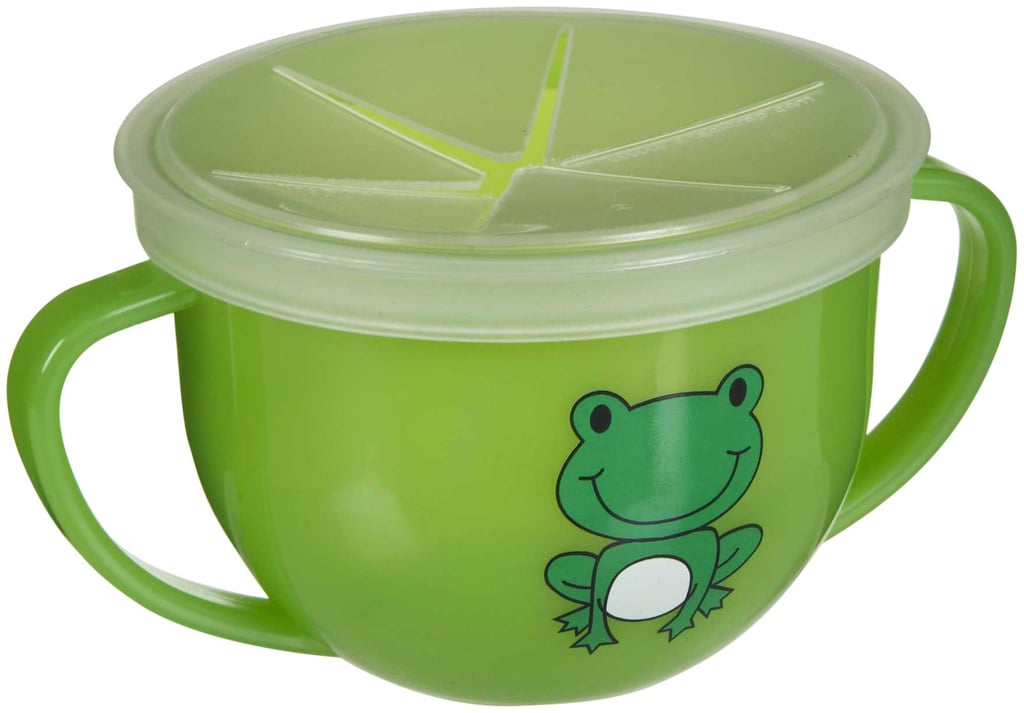
You can thank Christine Moss for keeping your floors clean and your tots' tummies full. While pregnant with her second child, she was tired of her toddler's snacks constantly spilling on the floor. So she gathered up some heavy vinyl, a hot glue gun, and a tot-sized cup to invent the Snack Trap — a tip-proof cup that little fingers can reach into for a snack. After testing several prototypes at a local day care center, the product was born, and moms everywhere breathed a sigh of relief that they didn't have to bend down every two minutes.

Here's an invention we all can appreciate. In the 1880s, Josephine Cochrane was dismayed when her household servants chipped her heirloom china while washing it by hand, and when she tried to do it herself, she realized there must be a better way. She was determined to develop a machine that could do it faster and more safely. Working in the shed behind her house with a local mechanic, she created the first dishwashing machine. She built wire compartments based on the size of the plates, cups, and saucers. Those compartments were placed in a wheel inside copper boiler. When a motor was turned on, the wheel turned and soapy water jetted onto the dishes. Josephine received the patent for the machine in 1886 and went on to sell them to hotels and restaurants. It wasn't until the 1950s that homes were designed with the time-saving machines, something every busy parent can truly appreciate.
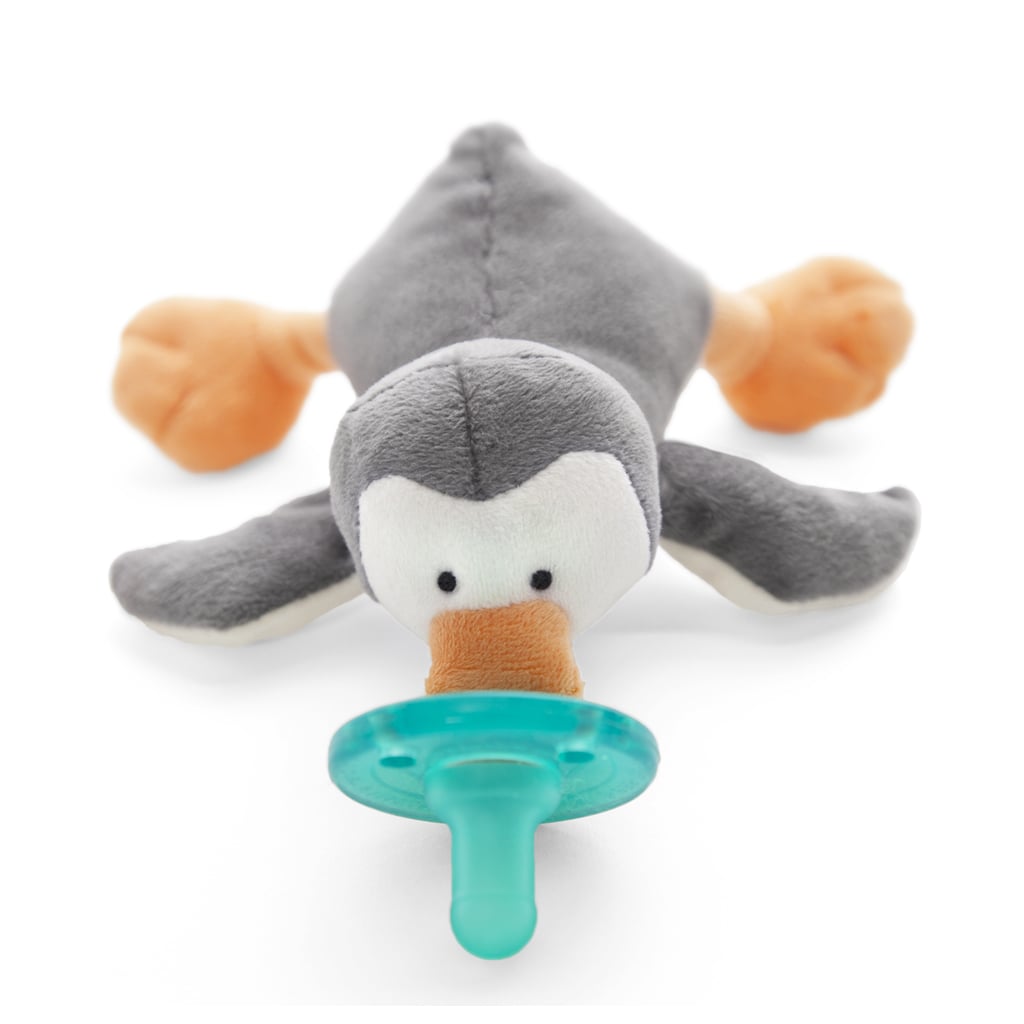
If you've ever seen a baby with a stuffed animal seemingly hanging out of his or her mouth, you can attribute it to Carla Schneider. In 1999, while on vacation with her infant son, the special education teacher became frustrated when her son's pacifier kept falling out of his mouth. Armed with the hotel sewing kit, she attached the pacifier to his favorite stuffed animal and the WubbaNub was born. Once people on the street started asking where they could buy it, Carla filed for a patent, found a pacifier she wanted to partner with, and began manufacturing the WubbaNub.

